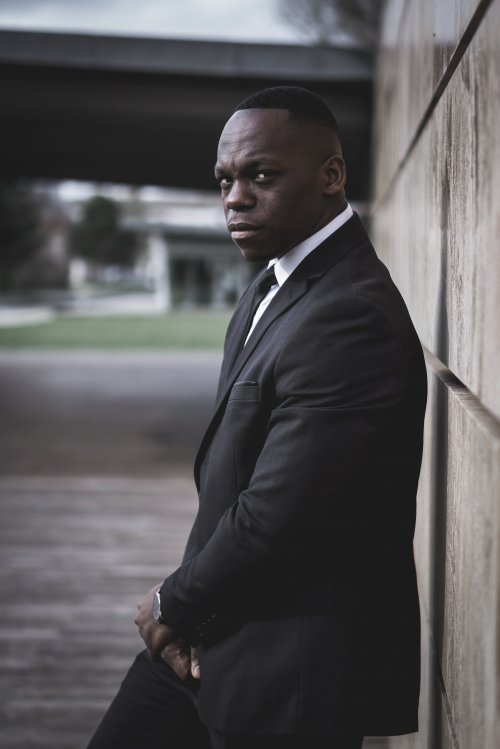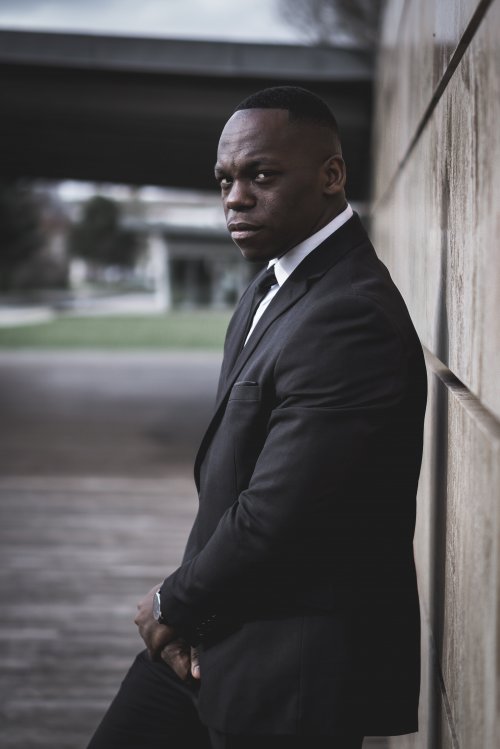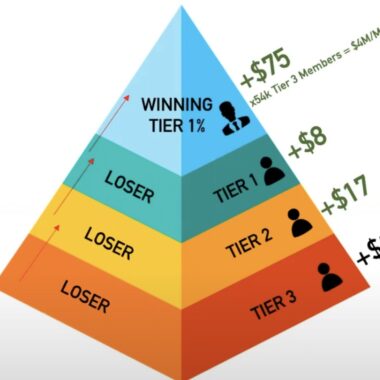
Sports Management is a diverse subject for many post-secondary students to grasp and understand throughout their time at these American institutions. The job placement for these degree plans seems to be open and fair game for its graduates, however there are institutions that play host to bias and nepotistic practices. Some collegiate athletic clubs are viewed as honest, non-profit (for tax reasons) organizations, that represent the goodwill of our communities as well as mentoring the children that occupy them. It is time that we argue for the diversity in Athletic Administration on our national landscape.
Racism is not inherently connected to our genetics as human beings; it does attach itself during early childhood as well as adolescent upbringing and cause social circles to blend with professional peers. For example, if John as a manager had never met a black person in his life, he would not be inclined to hire or converse with someone outside of his race. Thus, giving way to his racism, given John’s position within his workplace, he has inadvertently hired people that show some of the same interests with him in one way or another (Example: The Office and Friends).
Racism has also introduced athletic competitors and supporters to a culture of segregation within sports being parallel to academia as well, an example of this great was when Governor George Wallace attempted to prevent black students from entering Alabama University doors. Dr. Richard Lapchick highlights African American history in sports with his book, “100 Pioneers”. As he makes reference that,” professional athletes were older and more worldly”, however he further describes these “college students were 17 or 18 years old when they came to our institutions of higher education to face a world of all white athletic departments and classrooms”. Seeing that they were living day-to-day within the confines of these cultures at these post-secondary foundations was seen as a milestone achievement with the black community.
Throughout the United States, the competitive sports world has been graced in history with a plethora of influential Black American athletes such as: Tommie Smith and John Carlos at the 1968 Olympics showing the,” Black Power Salute”, in support of the Civil Rights Movement during that era. Or notable Stanford University alumni Condoleezza Rice, who served as the first female National Security advisor under the President George W. Bush, also along with being one of two females admitted to the Augusta National Golf Club. These specific individuals have diversified athletic competition, and also demonstrated the capacities to occupy administrative positions each sport answers to.
With blatant segregation in mind, looking back at the documented archives, we are often led to believe that racism and racial bias in hiring is exclusive to the south. Let’s keep mind that two of the most storied programs in the BigTen (Ohio State and Michigan) have rarely hired black head coaches for football or basketball (until Juwan Howard). “Against the Tide”, is a documentary uncovering why many institutions viewed one game, and one coach as opening the doors to desegregation at the University of Alabama as well as many other schools occupying the Southeastern Conference membership the sixties. Coach Paul Bryant at the time was one of the more recognize public figures within the state of Alabama, and an advocate of integration for the sake of being successful. Coach Bryant scheduled this contest between the Crimson Tide and the Trojans to basically expose segregation for what it really was, which was a losing effort to the tune of 42 to 21. With this small loss, Coach Bryant and many others like him won a social war against their local government, as well as like-minded individuals supporting it.
There has been some social success in the desegregation of competition however, employment of sports administrators such as head coaches, assistant coaches, athletic director’s, assistant athletic director’s, university presidents and conference commissioners has been in some words stagnant or unproductive to others. As student-bodies in various post-secondary institutions grew, so did their respective fanatic support bases, to include but are not limited to fans of a particular sport, graduates and local boosters. All of which are legal groups to associate with, however, this also presents a nepotistic approach to leadership, professionalism and recruiting in Athletic Administration. Boosters are viewed as, “friends of the program”, in order to promote one institution or group over another, as well as help make a prospective student’s transition to the local institution in a positive manner. The Top donating boosters include Al Dunlap who donated $15 million to Florida State University. Paul Bryant Jr. donated $20 million to Alabama University football and is the current president of Alabama’s board of Trustee’s. Also, along with but not limited to Phil Knight cofounder of NIKE, Alumnus to Oregon University, Knight has donated $300 million by himself thus far. Institutions formally host charity events or auctions where donations can be received in the most respectful manner. They are defined by the amount given, and donors are instructed on how their contribution is put to use, such as, Scholarships for Student-Athletes, Campus Renovations, and covering the Cost of Attendance as well as Tuition. Not all boosters are warm and welcoming to their respected universities objectives towards success, yet some just want their names immortalized.
Also to note, there are events involving subordinates taking monetary rewards from boosters for attendance or performance. This action may result in legal ramifications imposed by the National Collegiate Athletic Association for a whole institution but has been revised. Some of most infamous instances involving boosters rewarding subordinates are known to most of college sports. “The Death Penalty”, at Southern Methodist University was imposed by the National Collegiate Athletic Association. From 1974 to 1985 thirteen players had received $61,000 from school boosters in order to attend the private university. As a result the SMU 1987 and 1988 football seasons were cancelled. “The Fab Five”, of Michigan University in 1991 were U of M’s best chance of building a legacy of men’s basketball championships. Federal investigations revealed that booster Ed Martin had paid four of the five a total of over $600,000 compensation for athletic ability. Michigan University would impose its own punishments; by vacating basketball records from 1992 until 1999, “Pell Grant Scandal” of the University of Miami-Florida saw 57 college football athletes given excess financial aid. These events are not isolated, yet they show how having a negative racial environment can affect professional ethics, these are the circumstances all institutions face in the case of erecting a brand.
Dr. Fitz Hill, Former San Jose State football coach said,” necessary interaction is also what scares some universities from hiring Black Americans, fearing that the cultural differences between coaches and some boosters and recruits may lead to a hesitance to embrace the school”. Boosters have helped fund recruitment of players, coaching salaries occasionally involving bonus’ and enhancements campus facilities. Dr. Hill goes on further noting, “Conference Commissioners set the agendas for their conferences and are the leaders on issues such as diversity in sports…The same applies to athletic directors, who are also influential in hiring coaches”. At this in point in time” where there are only 15 black head coaches among the 124 colleges, and many of them coach for universities with few resources and even slimmer chances of winning”. Gamble reviewed statements as well as the tenure of a certain coaches finding that white coaches with worse records at other colleges are occasionally given second or third chances through boosters and colleges at a long and successful coaching career enduring themselves to boosters. Though, once these institutions are involved in choosing candidates, they tend to evaluate the blacks collectively, and whites individually. However, some schools have bucked the trend by hiring Black American Coaches such as former Charlie Strong of Texas U., former Kevin Sumlin of Texas A&M, or David Shaw of Stanford U., showing that they are not racist as assumed. With the hiring of Coaches Deion Sanders, Hue Jackson, Tomekia Reed, Eddie George, and Mo Williams at the HBCUs, we’re beginning to see a seismic shift in competition from the Administrative as well as athletic levels respectively.
Dr. Lapchick, as mentioned earlier in the topic serves as Director over The Institute for Diversity and Ethics in Sport, at the University of Central Florida College of Business and Administration. Dr. Lapchick and his staff gather annually to collect data for the College Sport Racial and Gender Report Card as well as research basis for amateur and professional sports in regard to gender also race related issues. In doing so TIDES report card display’s demographic make-up of; University Leadership at Football Bowl Subdivision Institutions as well as lower divisions. For the year 2013-2014 TIDES reported, “African-Americans held 7.7 percent, 3.4 percent, and 4.3 percent of the athletic director positions in Divisions I, II, and III respectively”, with Latino’s at best 1 percent behind Black Americans at the Athletic Director position at every level. Also, to note, select institutions have implemented Nepotism statements or Laws, affecting those who may be Kin to staff or faculty currently employed to help avoid equal opportunity violations.
Blame should be placed on university administrators in using boosters as a scapegoat for not drafting the role of an Athletic administrator reflect the pool of student athletes being recruited and granted scholarships to campus. Viewing these statistics and collecting information, as well as recognizing that differences of race help us understand which groups are favored by select nepotism. As well as the thought that many are in an uphill battle for the Ideal position that others desire-based race should call for a change in hiring practices. After many years and various the history lessons, that we should have gone through in school. Being welcomed into the real world and seeing subtle institutionalize racial bias, as well as blatant racial bias, should make us wonder why there is still a struggle for legislative equality? Dr. Claude Anderson stated in one of his many works (Powernomics),” The HBCU’s should be one of many pillars of business incubators, great black thought we do have to fall back on but push our agenda forward.





